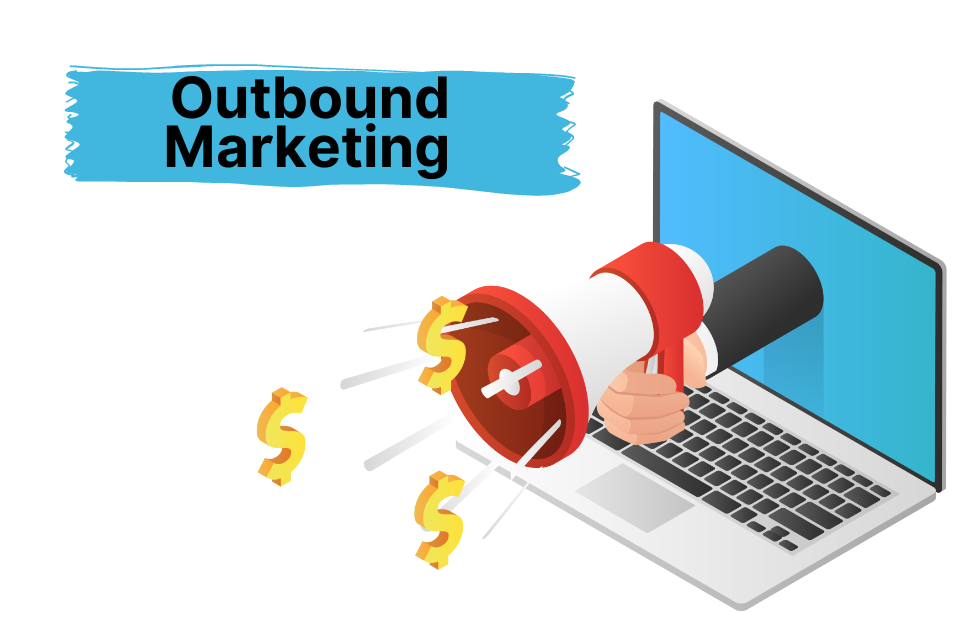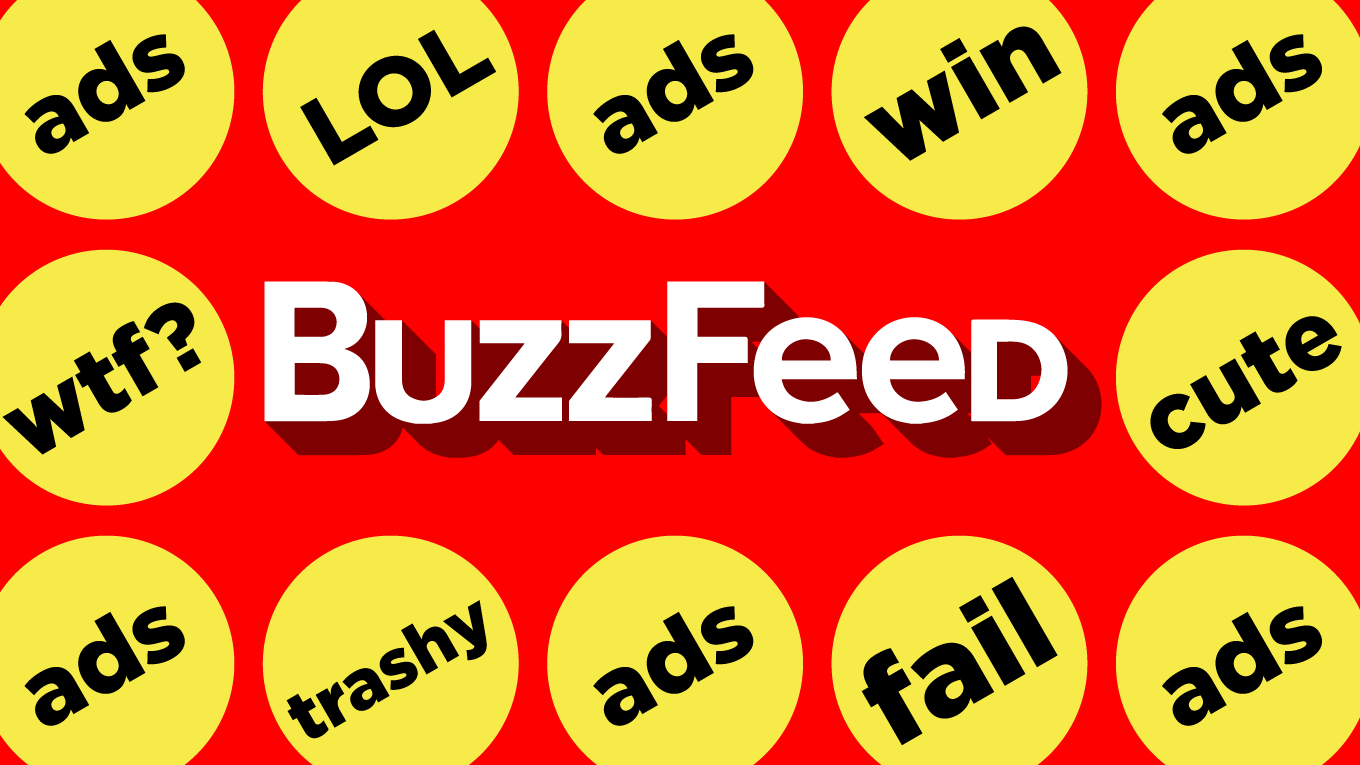BuzzFeed marketing is all the buzz in the marketing world today, interconnected through all kinds of media. Mark Hughes has coined the term buzz marketing. It is about how you get your product to go viral in the marketing world – the technique which focuses on creating a buzz through a word-of-mouth campaign.
First, people get spurred to discuss the product or service in the families, friends, and social media platforms. Then, the customers talk about it. It generates awareness and interest, leading to increased sales and consequently more profits through mainly online traffic. Done correctly, they can bring about an astonishing amount of online traffic, sales, and leads.
The tricky bit about buzz marketing is the buzz, and if you get that wrong, it can only go downwards from there. So the buzzworthy product has to embrace a marketing ploy to ensure people get talking. Almost always, buzz marketing latches on to a weird, extraordinary, different aspect of the product or service to talk about it.
The difference makes all the difference.
BuzzFeed Marketing’s central plank thrives through social media, making it almost contagious. All you need to do is maximize and make popular the campaign for your product through word-of-mouth. Yes, the oldest marketing trick in the world is also the latest. You need to create unusual content with unique selling points that will attract eyeballs and keep the persons with eyeballs talking about your product.
This is very effective, and what’s more, very cheap for the company too. Buzz Marketing creates and sustains a buzz about a product, and they keep reaching out to larger audiences going beyond traditional markets, getting free publicity for your products.
It bypasses the traditional marketing strategies and depends more on marketing gigs – shows or stunts in malls and fairs, where potential customers can try the item and talk about the product in their circles. Thus the product or service gets marketed online. Buzz marketing is also sometimes called astroturfing.
Some examples of Buzz Marketing
Buzz Marketing is done by companies that create online videos. Usually, they are humorous, somewhat controversial, or even outrageous. The shock value of the videos ensure it gets shared widely, becomes a sensation, and without any overt effort, it gets shared via social media. The views are counted on the various social media platforms. You can then capitalize on the popularity and maybe use a hashtag to reach even wider audiences. Get it ‘trending’ – customers will usually look for other products by you, fostering a specific kind of customer engagement.
- Remember the ALS Ice Bucket Challenge? It was unusual, whacky, had humor, and involved people doing something. Driven totally by social media, it was about a person pouring a bucket of cold water over their heads. It spread like wildfire, and people had to become aware of amyotrophic lateral sclerosis (ALS), or Lou Gehrig’s disease. It also moved people to donate to organizations dealing with ALS. Job done, no investment required at all. A complete win-win for all.
- In 2016, Dell wanted to increase brand awareness among college students, for whom laptops were a priority. It sent its brand ambassadors to college campuses, engaging students in meaningful conversations about Dell products. It helped because students were its strategic audience, and they wielded sufficient influence when it came to buying computers for themselves. It kept Dell’s brand at the top of their minds when decision time came up.
- Wendy’s is a fast-food chain that regularly posts on its Twitter account. Their posts are humorous, edgy and they usually create content roasting competitor brands. In 2020, Wendy’s made its Twitter account only accessible to its followers, promoting its 2020 breakfast menu. Because it was made exclusive, more and more curious members followed the Twitter handle because of the novelty of the method.
Influencers almost entirely drive buzz Marketing. The influencers are usually the first adopters of your product, and they share their experiences and opinion about the product, which are lapped up by trusting followers. Furthermore, influencers in social media are a huge thing nowadays, wielding immense power over the decisions of their followers. Therefore, conversations usually ensue, the quality of the products is discussed, and opinions are shared in establishing the product's credibility.
Typically, the influencers’ opinions are taken heed of, creating positive product awareness, leading to enhanced sales. Your marketing folks can rally these influencers, egging them to create a buzz around their products. Sometimes, marketers can also use connectors, usually celebrities, and influential personalities, adding credibility and ensuring the product is exposed and brought to one’s attention. Cricketers, film stars, etc., are usually the most sought-after connectors in India.
How does Buzz Marketing Work?
The main component of buzz marketing is social media marketing. We have seen the increasing influence of Facebook and Twitter as social media platforms which most companies are using. Especially now, when the pandemic ensures that people are spending more time indoors in front of screens, this form becomes more important. Most companies should maintain a presence on these sites if they wish to be followed.
These are very useful as the sites can directly interact with potential customers. The pages can also be used to give and receive feedback, and since all of it is transparent and happening online, it adds credibility while addressing concerns and issues the customer might have. This is a great way to promote your products and services.
You need to devise innovative ideas, extraordinary and whacky ideas, and cultivate content rich in novelty. More than half your job is done if you manage to amass a significant following on these sites. You can get information about current customers as well as potential ones. The real-time dialogues with customers have a two-pronged advantage – customers feel valued and well-informed, and you get proper feedback you can add to improve your product or services.
Some of the other ways of buzz marketing strategies are engaging influential bloggers to create a stir around your product. You see this happening around us often – when companies get bloggers and use other media outlets to try their product before its release. The blogger gets some incentive from the company, gaining loyal customers.
Many companies also use website forums to begin conversations and answer questions genuinely being asked there or even being planted by the company employees to engender discussion and create the buzz.
Customer communities can be created, leading to message boards, fan clubs, or communities. Podcasts also are a great way to spread the buzz about a product. This strategy can be very successful with an intelligent combination of an influential host who talks about the product to the community and followers, accompanied by relevant web content.
BuzzFeed Marketing is a whole different perspective on marketing, a different approach to content marketing, and a paradigm shift from traditional marketing, which was always outbound, posted on TV, radio, print, etc. Depending on the product, of course, buzz marketing can be more effective in many ways. Companies don’t just have to create an advertisement and hope for the best. Buzz marketing is continuous, more personal, creating a one-to-one connection with customers. It is more bottom-up than top-down and is seen to be less biased. It is advertised and propagated by trustworthy and not unknown models.
A unique quality of buzz marketing can be the element of surprise and the creativity of the idea, and that is not a by-product but is the marketing strategy. But consumers are becoming increasingly savvy, and the element of surprise might stop being surprising and have the opposite effect. So you need to know when to use it sparingly. That is when it can be effective. Otherwise, it can be deemed annoying. People need to identify the product with the company that has created it.
What are the Different Types of Buzz Marketing?
There are plenty of tactics that can be used in buzz marketing. The technique focuses on a different kind of trigger. The triggers set the audience base talking. Each buzz marketing tactic focuses on a different trigger to get an audience talking. Primarily, there are six different ways to create and implement a buzz marketing campaign.
- Taboo – this is where you use a contentious or controversial topic, and your discussion generates a buzz around the product or service. But it would be best if you were careful with this because it can sometimes backfire and create adverse reactions. The backlash can have the opposite effect, and the term ‘all advertising is good advertising’ will not hold. Social media is rapid to react.
- Outrageous – creating something very outrageous can shock people. Yet, there is still a buzz.
- Hilarious – anything humorous tends to get people laughing and then talking about it. This is good wholesome buzz marketing.
- Piquing interest through secrets – the way to do it is to provide clues without divulging the entire product. You can provide exclusive information. In today’s constantly connected world, the Fear of Missing Out (FOMO) is a real fear, and no one wants to miss out on the excitement. In the days of social media, when everyone wishes to be seen as the first one with the information, this can be a potent mechanism.
- Being remarkable – a brand can exceed expectations when it comes out, possess values unimagined, touch some core emotion in the people, and thus be talked about among people, leading to the brand’s success.
- Being unusual – A brand can often frame its product as different, with some inherent value addition. For example, remember when the iPad came out? It was called a ‘new product different from anything in the market.’ That worked fabulously because it indeed was different.
Points to remember to create a successful buzz marketing campaign
BuzzFeed marketing works because the general perception is that people in social settings are usually more trustworthy than companies who always try to push products anyway. It sells because of social media and the immense power of social media. People talking about a product will mostly do it because they have used it and not because they are being hard sold.
Some best practices about buzz marketing are:
Understand your target audience. Know what their interests are, what triggers them, and your boundaries when planning a campaign.
Develop a strategy - Understand that a product has to match the strategy around selling it. This needs a deep knowledge of the profiles of the customer base you wish to target.
Build anticipation – Creating healthy anticipation, whetting the customer’s appetite to learn more about the product before the product launch generates momentum and is crucial to how the audience will perceive the product.
Stir up triggers – Your triggers should stir as much reaction as possible to be effective. However, it would be best to be careful about not offending them and not turning customers away with a lack of foresight.
Softly push early adopters – provide incentives to those who will be your initial customers who place their trust in the product. Create a sense of FOMO in those who have not adopted it.
Depend on influencers; incentivize them – remember, they can pull in many followers with them, and the buzz can be created very quickly.
Monitor the results – Use key performance indicators after correctly identifying them. Tracking the performance of any digital marketing campaign is effectively done by this method. You can also monitor the number of times a brand is mentioned and the number of followers it has gained at any particular time. In addition, various sentiment analysis tools reveal customer reactions to any campaign.
How can Deskera Help Your Business
The Deskera CRM software helps your business grow and achieve long-term goals by retaining customers. Deskera CRM helps in your email marketing strategy by helping your business regularly sending out emails to customers that will make them come back for more.
Deskera will guide you in setting suitable CRM goals to shorten the sales cycle to close deals faster. You will sell more than you are currently selling to increase your sales volume. The Deskera CRM software helps in a higher lead conversion to automatically reduce Customer acquisition costs.
Deskera can also assist you with real-time updates about your business like cash flow status, customer satisfaction, inventory management, sales, purchases, purchase orders, customer tickets, customer satisfaction, managing leads, revenues, profit, and loss statements, and balance sheets.
Moreover, it would also help in integrating sales methodology across different platforms onto one system so that you have a consolidated list for email campaigns, leads management, and sales pipeline to mention a few.
Conclusion
BuzzFeed marketing begins as a concept and gradually gets people curious, excited, and intrigued by your product. It is a very inexpensive way to market your product, giving rich dividends if you can work it intelligently with a proper understanding of the market. It is not easy, though, and word-of-mouth has the power to both perk up or destroy a product. The product has to be buzz-worthy to start with, and only that can make it a truly successful campaign.
Related Articles












